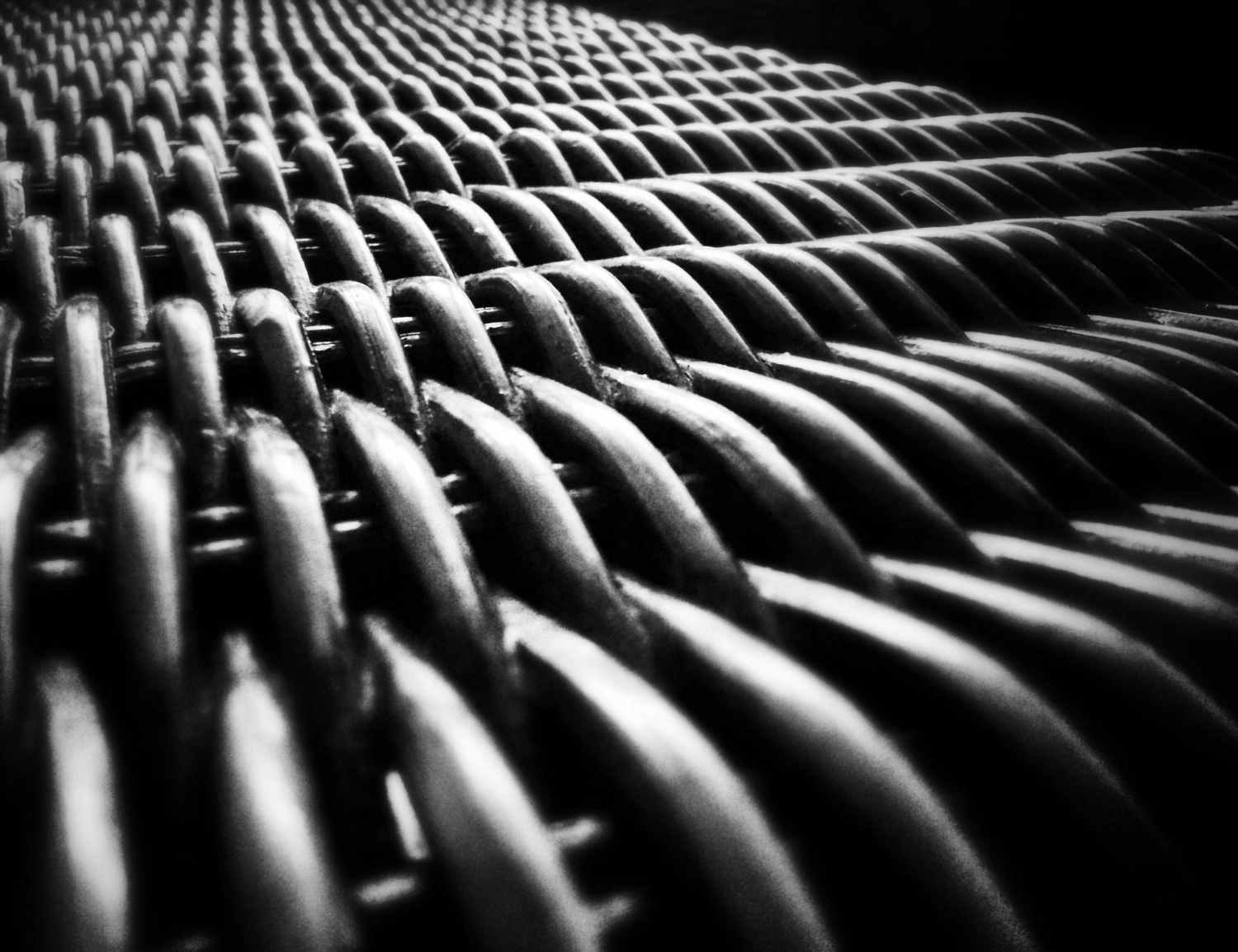Foundation walls play one of the biggest roles in keeping homes and buildings standing strong. When these walls start to show cracks or bow inward, it’s often a sign that pressure is building up in the soil around them, pushing the walls out of shape. If the problem is left alone, it can lead to bigger concerns like water issues, uneven floors, or structural shifting. Finding a dependable fix early on is the key to stopping things from getting worse.
That’s where carbon fiber support systems come into the picture. A modern solution to foundation wall repair, these systems are trusted for their strength and lightweight design. Carbon fiber is used in all kinds of industries, from aerospace to sports equipment. Now it’s also helping keep foundations stable with minimal mess and short repair times. If you’ve spotted movement or growing cracks in your basement walls, learning how carbon fiber can help might be worth your attention.
Understanding Foundation Problems
Most people don’t notice their foundation issues right away. That’s because the damage usually builds up over time. Soil around the home can shift for several reasons, including changes in moisture levels, poor drainage, or improper backfilling during construction. Trees growing too close to the house may also cause problems, as their roots disturb soil and pull moisture from it unevenly.
These changes in the soil create pressure against foundation walls, especially after long periods of rain or drought. Over time, the walls may start to bow, lean, or crack. In most cases, homeowners won’t notice anything until they peek into the basement for a casual look and see something that doesn’t seem right.
Here are signs that a foundation wall needs support:
– Long horizontal cracks along the basement wall
– Walls bowing inward or leaning outward
– Moisture or water coming through hairline cracks
– Doors or windows sticking or refusing to close properly
– Gaps between the wall and floor or ceiling
– A musty smell that doesn’t go away with cleaning
If one or more of these issues sound familiar, it usually means your foundation is under stress and could be shifting. Timing is important here. The earlier an issue is tackled, the easier it is to fix it with less disruption.
Benefits of Carbon Fiber Support Systems
Carbon fiber support systems have gained popularity because they fix foundation wall problems in a way that’s both strong and low-profile. When compared to traditional support options like steel beams or wall anchors, carbon fiber offers a cleaner appearance and doesn’t take up space in the basement. It’s either applied directly onto the damaged area or installed in strip form, and once cured, it blends into the wall without making the basement feel smaller.
Here’s what makes carbon fiber a solid option:
– High strength without bulk
– Non-intrusive installation
– Fast to install
– Permanent bonding
– Clean finish
– No rust or corrosion
Think of carbon fiber like a seatbelt for your foundation. It doesn’t stop pressure from happening entirely, but it stops the wall from giving in to that pressure. The best part is it works behind the scenes. Homeowners can go about their daily routine, knowing their basement is braced without the hassle of big equipment or long timelines. One homeowner shared that they noticed a bow in their wall last fall. By early spring, it hadn’t moved much, but they decided to act. A local crew came in, installed carbon fiber supports in a day, and now the walls feel solid and stress-free. No dust, no trenching, and no signs of the bow returning.
Installation Process of Carbon Fiber Wall Repair
Installing a carbon fiber support system is a fairly straightforward process, but it takes a skilled hand to do it right. Every foundation is different, so it all starts with a clear inspection. A trained professional will check how much the wall has bowing or cracking, figure out the root cause, and decide how many carbon fiber strips are needed to form a good barrier.
Once the plan is in place, the actual work moves fast. Here’s a typical breakdown of the process:
1. Surface prep – The wall gets cleaned so dust, paint, or sealers don’t get in the way of bonding. If there are any previous patch jobs or coatings, they’re removed too.
2. Layout and marking – Using chalk lines or levels, the technician marks where each strip will be placed for even spacing and alignment.
3. Epoxy application – High-strength epoxy is applied to both the concrete and the strip to create a chemical bond.
4. Carbon fiber installation – The strip is pressed into the epoxy and smoothed out to remove any air gaps. Once in place, it begins curing.
5. Final touches – After setting, the strip may be coated or painted to match the rest of the wall. Some systems come with covers for added visual appeal.
Most installations can be wrapped up within a day, depending on how many strips are needed. That means minimal disruption to the space and no need to move out or shut down operations in a commercial setting. What really makes or breaks the success of carbon fiber wall repair is the quality of the prep work, material, and installation method. Without those things done right, the bond won’t hold up under pressure. So it’s always better to go with someone who knows the ins and outs of wall movement and concrete repair.
Why Choose Professional Carbon Fiber Wall Repair Services
Carbon fiber support may seem like a one-size-fits-all solution, but it still needs a deep understanding of structural behavior. Since every job is different—based on soil conditions, house design, and wall material—it’s important that each case be handled with the right level of care and know-how.
There are a few reasons to have carbon fiber installed by professionals:
– Accurate assessment of the problem
– Precise placement for balanced support
– Use of commercial-grade materials built for long-term strength
– Correct bonding for maximum hold
– Seamless finish that blends with future design
Homeowners sometimes underestimate how much skill goes into making those flat black strips truly effective. It’s not just about gluing something to the wall—it’s about studying the movement that caused the problem, choosing the right tools, and carrying out each step carefully. Without that, the wall may keep moving or even worsen over time.
One commercial property manager said their warehouse walls started shifting after several wet seasons. They brought in an expert team that used carbon fiber to brace the bowing sections. A year later, after another heavy rain cycle, the walls were holding steady—and they avoided major reconstruction costs. That kind of long-term stability is exactly what this method is best for, but only when installed by the right hands.
Why Early Action Matters for Foundation Repairs
Foundation problems don’t solve themselves. If anything, they tend to get worse when left unattended. Whether it’s a small residential basement or a large commercial site, strengthening those bowed or cracked walls early makes a clear difference. Carbon fiber is a strong yet discreet way to restore support before damage spreads any further.
What makes it especially appealing is the balance between strength and simplicity. No trenching, no major demo, no heavy steel beams. Just a strong bond holding everything together, doing its job quietly and reliably behind the walls. That quiet solution can go a long way in protecting a structure’s integrity.
Home and property owners don’t need to wait until cracks double in size or doors stop closing altogether. If something doesn’t look or feel right, a professional should take a look. The earlier an issue is caught, the more options there are to fix it quickly, cleanly, and with long-term success.
When it comes to keeping your property safe and sturdy, addressing foundation issues with the right solutions is key. If you’re facing concerns with bowing or cracked walls, consider the advantages of carbon fiber wall repair. At King Waterproofing & Foundation Solutions, our expertise ensures that your home or commercial space remains safe and secure. Discover how the right repairs can protect your structure and extend its life.


